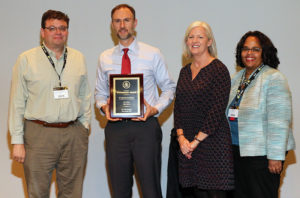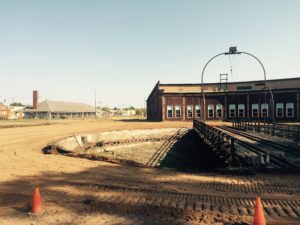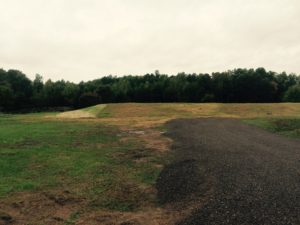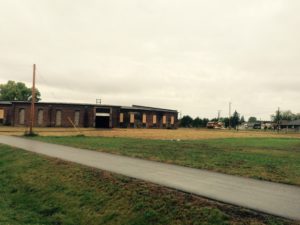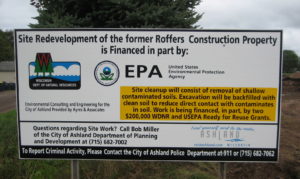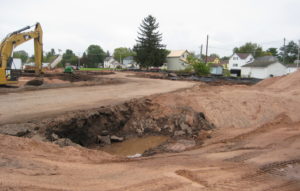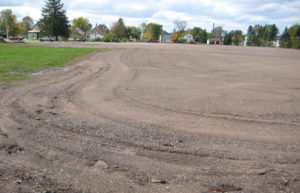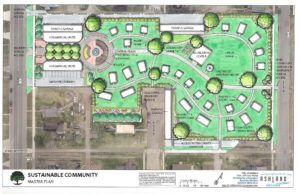The Wisconsin Department of Natural Resources’ Remediation and Redevelopment Program – along with its seven regional planning commission partners – is the recipient of a $600,000 US EPA Brownfields Grant.
The Wisconsin Brownfields Coalition will use this money to continue the Wisconsin Assessment Monies (WAM) program which provides funding to aid local governments and other eligible applicants in assessing and investigating environmental contamination at brownfields sites throughout the state. The coalition will target closed and closing manufacturing facilities to assess potential environmental contamination that could complicate reuse of the properties.
In addition to the Wisconsin DNR’s award, several other Wisconsin communities and entities were awarded US EPA Brownfields Grants:
- Stevens Point – $300,000
- Redevelopment Authority of the City of Milwaukee – $900,000
- Racine – $300,000
- Manitowoc – $300,000
- Manitowoc Community Development Authority – $200,000
- Bay-Lake Regional Planning Commission – $300,000
“Clearly there is no shortage of creativity, innovation and ingenuity when it comes to brownfields redevelopment projects in the great State of Wisconsin,” said EPA Region 5 Administrator and former Wisconsin DNR Secretary Cathy Stepp. “EPA looks forward to expanding our work with our partners to redevelop brownfields so they can once again be thriving parts of their communities – spurring local economies with jobs and new businesses as well as generating tax revenues and spending.”
A full version of the US EPA press release can be found here.

